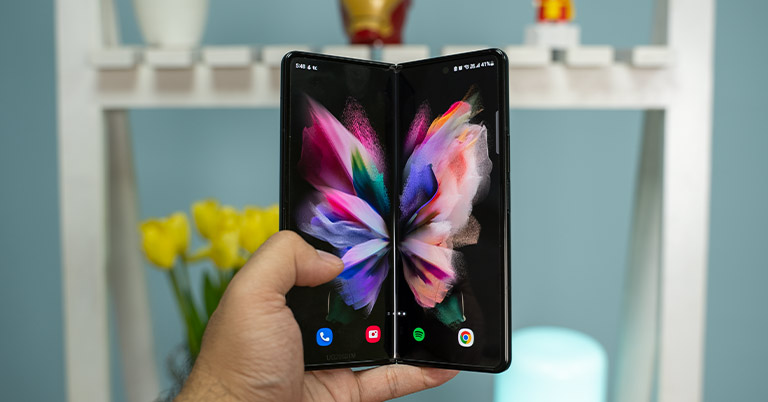
Samsung has pretty much proved that foldable phones are ready for the mainstream market. And the Samsung Galaxy Z Fold 3, which I’ll be discussing in this long-term review, is the prime example of that. It was undoubtedly the best foldable phone of its time; there’s no two ways about it.
But almost every subsequent launch from Chinese brands like Huawei (Mate Xs 2), Xiaomi (MIX Fold), OPPO (Find N), Honor (Magic V), and recently Vivo (X Fold) has introduced superior hardware in one way or the other.
From less noticeable crease, a wider cover display, to better cameras, the Fold 3 no longer represents the pinnacle of what a foldable phone can be.
Or so some would argue. So how well does this guy hold up a year later—and with the Fold 4 just around the corner? I think I can answer that question since I have been using this phone for a year now! In fact, the Fold 3 has circled through multiple pockets in our office throughout this period. Some fold fanatics, while some are #teamflip all the way.
And this long-term review, I’ll try my best to summarize our year-long experience with the Samsung Galaxy Z Fold 3 and discuss its practicality, everything new it brings to the smartphone experience, and where Samsung could improve upon in the upcoming successor. Let’s begin.
Samsung Galaxy Z Fold 3 Specifications:
- Body: 271 grams, IPX8 water-resistant, Corning Gorilla Glass Victus, Armor Aluminum frame
- Folded: 158.2 x 67.1 x 16.0mm
- Unfolded: 158.2 x 128.1 x 6.4mm
- Display:
- Cover: 6.2″ Dynamic AMOLED 2X, 120Hz adaptive refresh rate, 1000/1500 nits brightness (HBM/peak)
- Main: 7.6″ Dynamic AMOLED 2X, 120Hz adaptive refresh rate (LTPO), 900/1200 nits brightness (HBM/peak)
- Resolution:
- Cover: HD+ (2260 x 832 pixels), 24.5:9 aspect ratio, 387 PPI
- Main: QXGA+ (2208 x 1768 pixels), 22.5:18 aspect ratio, 374 PPI
- Other Properties: Corning Gorilla Glass Victus (Cover display), HDR10+
- Chipset: Qualcomm Snapdragon 888 5G (5nm Mobile Platform)
- CPU: Octa-core:
– 1x Cortex-X1 (2.84 GHz)
– 3x Cortex-A78 (2.42 GHz)
– 4x Cortex-A55 (1.80 GHz) - GPU: Adreno 660
- Memory: 12GB LPDDR5 RAM, 256/512GB UFS 3.1 storage (fixed)
- Software & UI: Android 11 with Samsung’s One UI 3.1 on top (upgradeable)
- Rear Camera: Triple (with LED flash);
– Primary: 12MP f/1.8 sensor, DPAF, OIS
– Ultrawide: 12MP f/2.2 sensor, 123º FOV
– Telephoto: 12MP f/2.4 sensor, 2x optical zoom, OIS - Selfie Camera:
– Outer: 10MP f/2.2 sensor
– Inner: 4MP f/1.8, Under-Display Camera (UDC) - Audio: Stereo speaker with Dolby Atmos audio, No headphone jack
- Security: Side-mounted (capacitive), Face unlock
- Sensors: Accelerometer, Gyro, Proximity, Hall, Touch, Voice Pickup Unit (VPU)
- Connectivity: Dual-SIM (Nano + eSIM), Wi-Fi 6 a/b/g/n/ac/ax (dual-band), Bluetooth 5.2, GPS / Galileo / Glonass / BeiDou, NFC, UWB, 4G LTE (VoLTE), 5G
- Battery: 4400mAh battery with 25W wired charging (no power adapter provided)
- Wireless Charging: Yes (10W), 4.5W reverse wireless charging
- Color Options: Phantom Black, Phantom Green, Phantom Silver
- What’s In The Box: Galaxy Z Fold 3, SIM ejector, USB-C to USB-C cable, User manual and other documents
- Price In Nepal:
- Rs.
219,999169,999 (12/256GB) - Rs.
229,999179,999 (12/512GB)
- Rs.
Samsung Galaxy Z Fold 3 Long-Term Review:
Design & Build
- 158.2 x 67.1 – 128.1 x 6.4 – 16.0mm, 271 grams
- Glass back/front (cover display), Armor Aluminum frames
- IPX8 water-resistant (no dust protection)
Okay, first things first—if you want to live the foldable life, you’ll have to get used to the thick and heavy form factor; there’s just no other way around it. It’s essentially a phone and a tablet molded into one body after all. Lucky for us, we got used to its heft almost right away. This thing is still a lot heavier than a typical smartphone but after a couple days or so, you don’t even notice it.
That learning curve might differ among people, but you get the idea. Besides the phone being able to transform into a mini tablet *finger snap* just like that, I guess the next best thing about the Fold 3 is its compactness. No, seriously.
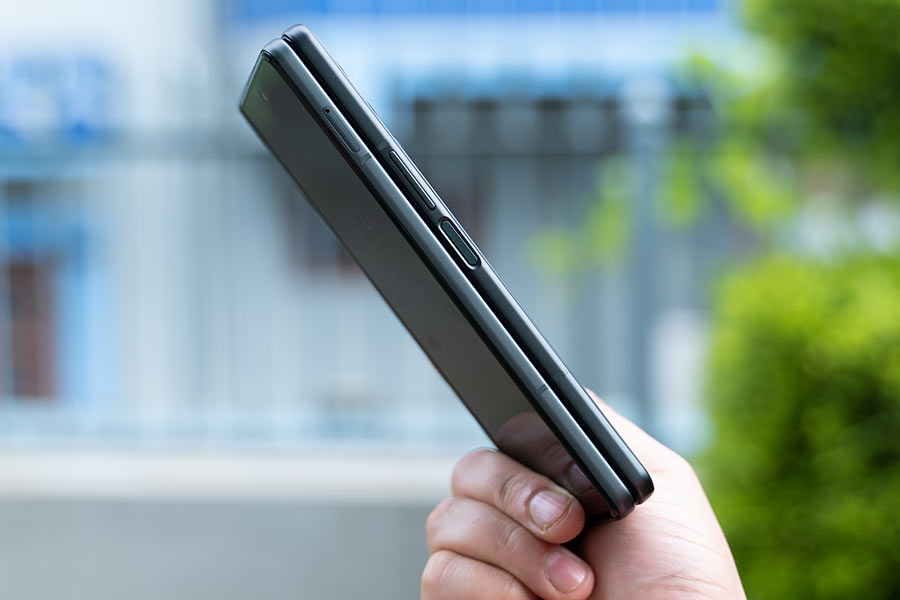
It’s such a lost luxury that I can’t recall the last phone where I could wrap my hand around one so easily. The side-mounted fingerprint reader is perfectly placed for a quick unlock, and Samsung’s “candy bar” or “gold bar” design—whatever you’d like to call it—is as practical as it is bold. Almost.
Maybe a little too compact
Although handling this phone with one hand is quite comfortable when folded, that ta……ll 25:9 aspect ratio of the cover display is a hard pill to swallow. Whether you’re typing up a message, attending a video call, or simply watching a video, this narrow form factor makes things just a little bit complicated.
Swipe typing is fine but as soon as you go about actually typing each key, there’s a mistype almost 30-40% of the time. So much so that the backspace key has become my most used key! And I can’t say I’ve gotten used to it over time either. At the other end of the spectrum, something like scrolling through your Instagram or Facebook feed feels fantastic on this screen.
Or attending regular phone calls, browsing the web, and stuff like that. Still and all, such a narrow design is something I’d like to see Samsung work on in its successor. And if the rumors are to be believed, the Fold 4 is indeed going to be a little shorter and wider compared to the Fold 3, thus making way for a better outer display.
How’s the hinge?
Now, before talking about the core quality of the two displays in this long-term review, I’d first like to go over the hinge of the Samsung Galaxy Z Fold 3. Like its past two generations, the company claims that this guy can withstand 200,000 folds as well.

While I’m nowhere near reaching that milestone anytime soon, my Fold 3’s hinge is as solid as it was a year ago. It can still stand on its own at whatever angle you’d like which means you get to enjoy features like Flex Mode for essentially dividing the 7.6” main display into two halves.
But I’ll be honest—this feature is only really useful in a handful of apps, even though you can force enable it on all of them. Instead, Samsung is more proud in terms of the hinge’s durability this time. And maybe rightly so.
I’m not sure if the new “armor aluminum” hinge actually worked its magic or it’s something else, but the hinge effortlessly survived a couple of times the phone accidentally bumped against a concrete wall. The aftermath of the accident is clearly visible next to the side frames with their visible discoloration, but there’s not a dent on the hinge itself. Awesome!
Splish splash
While we’re on the subject of durability, the Fold 3 also boasts IPX8 water resistance. And I can’t emphasize enough just how impressive of an achievement this is!
Like… there are so many ways for a regular smartphone to be compromised by water damage—let alone a foldable phone with all its moving parts.
Mind you that IPX8 isn’t just rated to shield against minor splashes or drizzle either. Samsung says you can completely dunk this phone in up to 1.5 meters of fresh water for as long as half an hour.
-
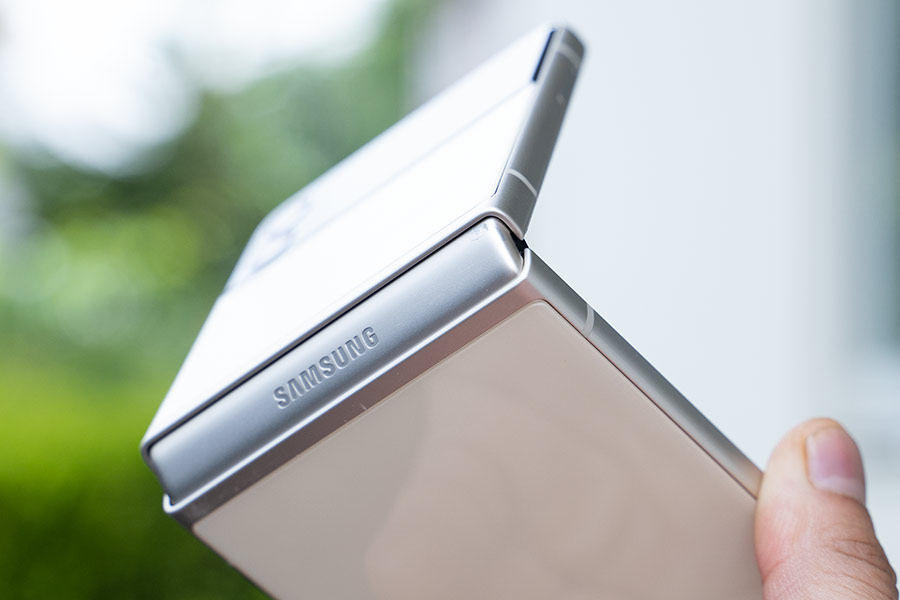
Galaxy Z Flip 3
All this sounds even more extraordinary when you realize that no other foldable phone out there—except for Samsung’s own clamshell foldable, the Galaxy Z Flip 3—has an official IP certification. But if you’re familiar with IP codes at all, then you know that the ‘X’ in IPX8 here suggests that the Fold 3 is not dust resistant.
Frankly, I wouldn’t worry about it too much even if it’s something I would love to see on the Fold 4. More importantly, I hope Samsung will use a zero-gap hinge like most of the competition has on its upcoming foldable because the hinge mechanism on the Fold 3 has started to show its age in multiple ways.

Firstly, because this thing leaves a small gap when folded, the main display collects dust—especially lint—a little too easily than you’d like. From simply staying in the pocket, to when leaving it on a desk for a while. Even if I don’t mind cleaning it up, Samsung’s approach has much bigger implications when it comes to the crease.
| Update (8th August, 2022): Shortly after posting this review, the screen protector on the main display of our unit started peeling off down the middle by a bit. We asked Samsung Nepal if it was okay to remove the screen protector, and they gave the green light. But if you wanted to put a new screen protector, you’ll have to refer to aftermarket solutions since Samsung Nepal won’t do it for you. |
Easy peasy foldy creasy
Yeah, yeah, the crease. It exists, and it’s gotten much deeper after all this time. Someone who’d use the stylus a lot would certainly disagree with me here but I wasn’t that bothered by the crease. That’s because it sort of disappears unless you’re directly looking for it, so I’m… fine with it.
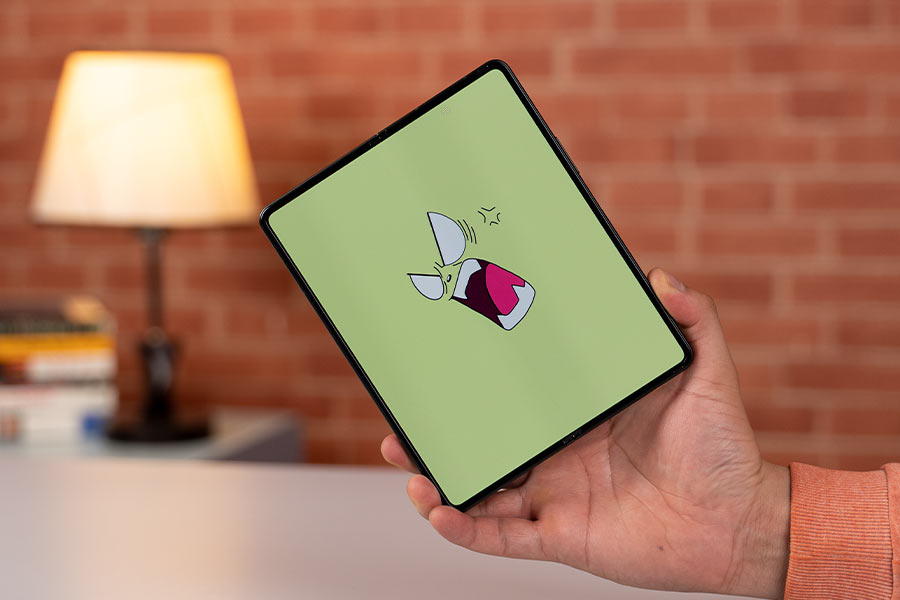
Okay, so while that gapless hinge is by design, my Fold 3 doesn’t unfold flat anymore. And no, I’m not talking about the wobble because of the camera bump.
It’s not smooth 180° when unfolded anymore, but more like 170 / 175° instead. I don’t know exactly when this happened but I first recall noticing it about 2-3 months back. Although I can’t say this has affected the integrity of the phone in any way, and apparently this is not totally uncommon among fold owners, it’s still something you should know about.
Displays
- Folded: 6.2″ 120Hz AMOLED (HD+), Gorilla Glass Victus
- Unfolded: 7.6″ 120Hz AMOLED (QXGA+), LTPO
Back to the displays, I think I’ve already discussed almost everything there is about the one up front. From colors, contrast, brightness, and HDR certifications, to the smooth 120Hz refresh rate, it still holds up against the flagship phones of 2022. Yes, there’s no LTPO panel here like on the main display, but it’s something I can absolutely live by.
Remember what I said about the stylus being a potential inconvenience on the main display due to the crease? Well, you don’t have to worry about any of it on the cover screen since it doesn’t support either of the S Pens compatible with the Fold 3.
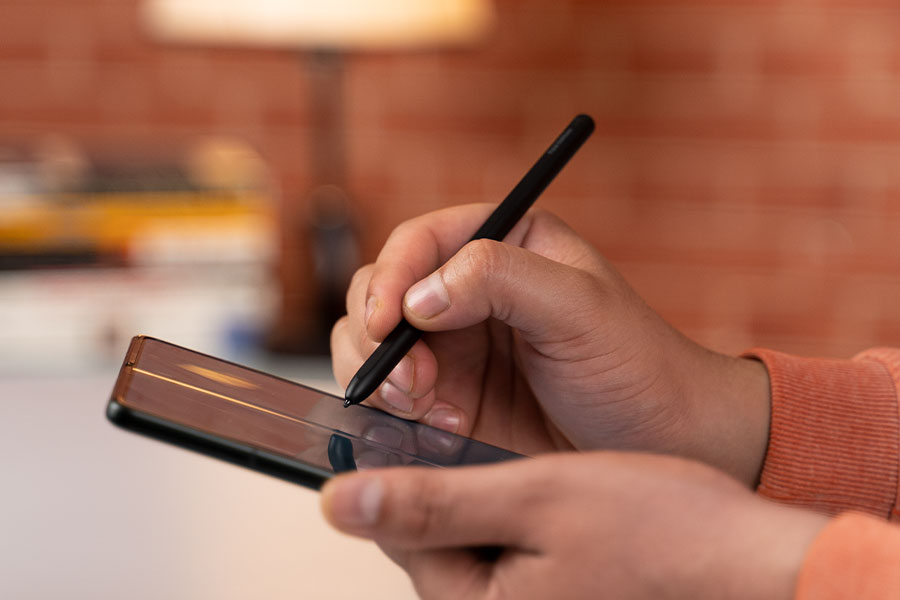
But what’s interesting is that the costlier S Pen Pro is in fact compatible with other Samsung devices including smartphones and tablets. So technically, Samsung could’ve just used the same type of digitizer on both displays, not bothered with the “S Pen Fold Edition” altogether, and called it a day. I don’t know. I’m willing to bet most Fold 3 buyers could easily afford the S Pen Pro anyway.
Unfolding the Fold 3 never gets boring
Moving on, the main display is where the magic happens, but you already knew that. And the one thing about it that still impresses me to this day—apart from the whole unfolding marvel—is how it feels to touch.
I vividly remember how the inner display on 2020’s Galaxy Z Fold 2 had this soft, almost plasticky feel to it. Compared to that, the Fold 3 feels much, much better which is mostly thanks to the new PET screen protector. Of course this is no match against the Victus-wrapped cover display, but it has survived an entire year without suffering from any major scratch or anything. That’s beyond commendable, I’d say.

As expected, this display doesn’t disappoint in terms of the visual quality either. But like how you gotta deal with black bars or crops when streaming something on the cover display, that whole experience continues on this side too.
Unless when exclusively binging old-timey cartoons and anime or Zack Snyder’s Justice League that fit like a glove on the Fold 3.
Oh, and before I forget, its stereo speakers are undoubtedly among the best I’ve ever come across on a smartphone. The full body sound filled with plenty of details, complemented by a loud sound profile is just… *chef’s kiss*
Hide yo camera
Part of the reason why I love this main display so much is also that Samsung decided to go with an under-display camera (UDC) on the Galaxy Z Fold 3.
This is the company’s first-ever attempt at hiding a camera underneath a display and it’s nowhere near what some Chinese brands have accomplished on their non-folding smartphones. But I guess Samsung was more concerned with delivering a seamless display experience and was willing to gamble on an unpolished product.
A bold move, I know. And one I totally appreciate. The thing is, just like the crease, its camera cutout is barely noticeable when I’d be going about my day. It’s certainly visible when pixel peeping and stuff, but I was never really worried about it.
Cameras
- Triple camera setup at the back
- 12MP wide, 12MP ultrawide, 12MP telephoto
- 10MP selfie (cover display), 4MP UDC (main display)
The actual camera quality, however, is a different story entirely. The images turn out quite hazy, they look over-processed, and there’s little detail to talk about here.
While it’ll get you by video calls—especially if you’re in a well-lit room—I wouldn’t post any selfies from this camera to social media. At least not unironically.
On top of this, the Fold 3 lets me take significantly better selfies from the rear cameras or the one on the cover display, so why even bother?
And the rear cameras take pretty decent images too—from all three sensors. With an extra pinch of saturation and contrast levels.
Even though it doesn’t compare against the Galaxy S22 Ultras or the iPhone 13 Pro Maxes of the world, I never felt totally disappointed by its results.
That feeling almost never crept in.
But for such a premium smartphone, expecting top-notch cameras is far from a big ask. So here’s to hoping that Samsung really steps up its camera game in its upcoming foldable!
Performance
- Qualcomm Snapdragon 888 5G SoC (5nm)
- 12GB LPDDR5 RAM, 256/512GB UFS 3.1 storage (fixed)
- Android 11 with Samsung’s One UI 3.1 on top
- 4 years OS, 5 years security updates guaranteed
With that out of the way, it’s time to get into the performance side in this long-term review of the Samsung Galaxy Z Fold 3. Granted that the Snapdragon 888 powering this guy is a generation old, it holds up perfectly fine even to this day. Multitasking is no big deal for this beast and the overall fluidity has only gotten better over time with all the updates to Samsung’s One UI.
Usually what I’ve seen with the foldables from other brands is that the extent of multitasking on those devices is mostly restricted to “split screen” for launching two apps at once and a floating window. But Samsung’s software expertise goes above and beyond to make sure you can make the most out of the Fold 3’s large display.

There’s the Flex Mode I talked about earlier, easy window switching, app continuity, pinning apps to the taskbar, and so much more here. You’re obviously not gonna make use of them all the time, but there was this one time when I had to send in my laptop for repair and I was able to finish most of my work from this phone. Even without DeX.
And Samsung’s promise to support the Fold 3 with 4 generations of OS and 5 years of software updates is just the cherry on top.
But the one thing I’d like to see One UI improve upon is the ability to extend an app from the cover display to the main display. It works fine in like 95% of the apps, but some that open in landscape orientation by default—mostly games—require a restart whenever switching to the main display. Aside from performance itself, its large display is also an absolute godsend as far as gaming is concerned.
It’s a whole new world for retro gamers
Modern titles like PUBG Mobile, Genshin Impact, Asphalt 9, and the likes run without a hiccup and… you know what? I don’t think I need to go through how the Snapdragon 888 handles all these games again. We’ve already had a whole year of 888-powered smartphones to discuss.
Instead, the Fold 3’s form factor has rekindled my love for retro arcade games. I don’t mean to say that regular slab smartphones can’t handle emulators or anything, but this bigger screen makes all the difference. And take a look at this, I can even turn my Fold 3 into a…. *drum rolls* Nintendo DS! How cool is that?!
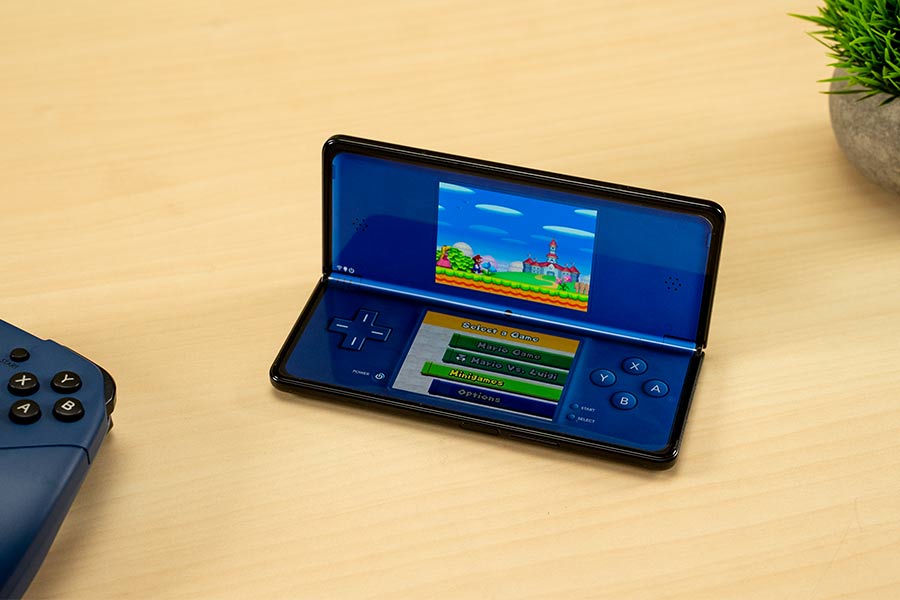
I never owned a Nintendo DS myself but I can spend all day searching for shiny pokémons on Pokémon Black & White on this thing!
Battery
- 4400mAh dual-cell battery (25W wired charging)
- 10W wireless, 4.5W reverse wireless charging
The only problem is that the Fold 3’s battery couldn’t get me through a busy day on most occasions. Only when limiting most of my usage to the cover display could I squeeze 5-6 hours of screen on time here. And charging it up is not an inspiring journey either—at least not by 2022’s standards.
Samsung Galaxy Z Fold 3 Long-Term Review: Conclusion
So that was all for our long-term review of the Samsung Galaxy Z Fold 3. Like I said in the very beginning, foldable phones are ready for the mainstream market. And this is the perfect example of that.
It just… works as well as you’d expect from any smartphone. Some features better than others, but I don’t think there are any particularly deal-breaking flaws here. Even though Samsung has a bunch of things to work on its successor.
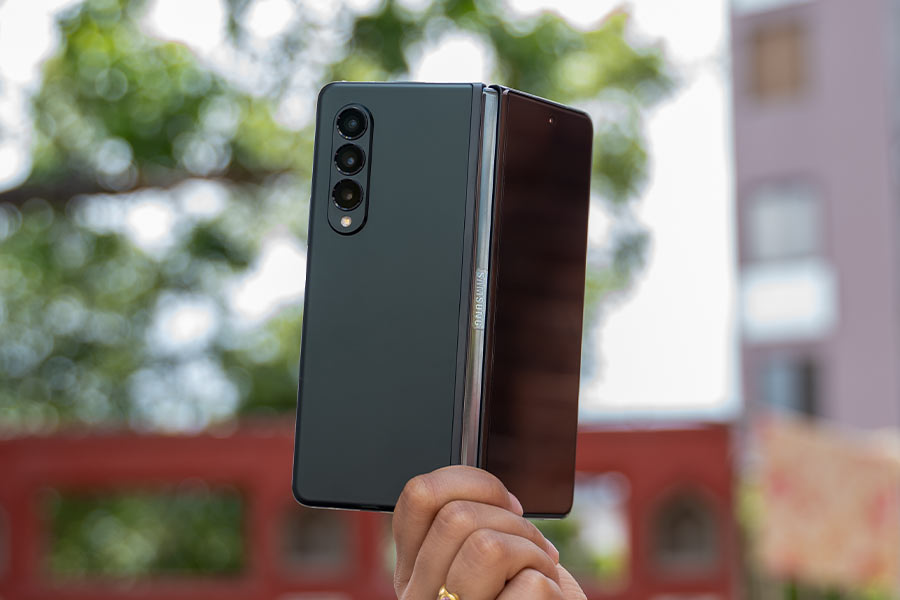
First and foremost, Samsung has got to match the competition in terms of minimizing the crease. That’s probably one of the biggest complaints most people have about this phone at this stage, seeing how basically every new player in the foldable arena has achieved a zero-gap hinge with way less noticeable crease. And an S Pen slot inside the phone itself would be a sweet, sweet deal too.
Nicer cameras, please
On the other hand, Samsung’s Fold lineup has been due for a camera refresh for quite some time now. An improved under-display alongside newer image sensors with better computational photography might just be what the company needs to stand out next time!
Above all, the ultra-premium price tag remains one of the major barriers why the public hasn’t been able to join the foldable revolution.
The Fold 3 was cheaper than the Fold 2, and that’s fantastic! But I desperately hope Samsung can find a way to make the Fold 4 even cheaper, despite everything new it brings to the table. We already know just how sharply Samsung phones depreciate over time. And no one wants to see their expensive phone lose so much of its value in such a short time.
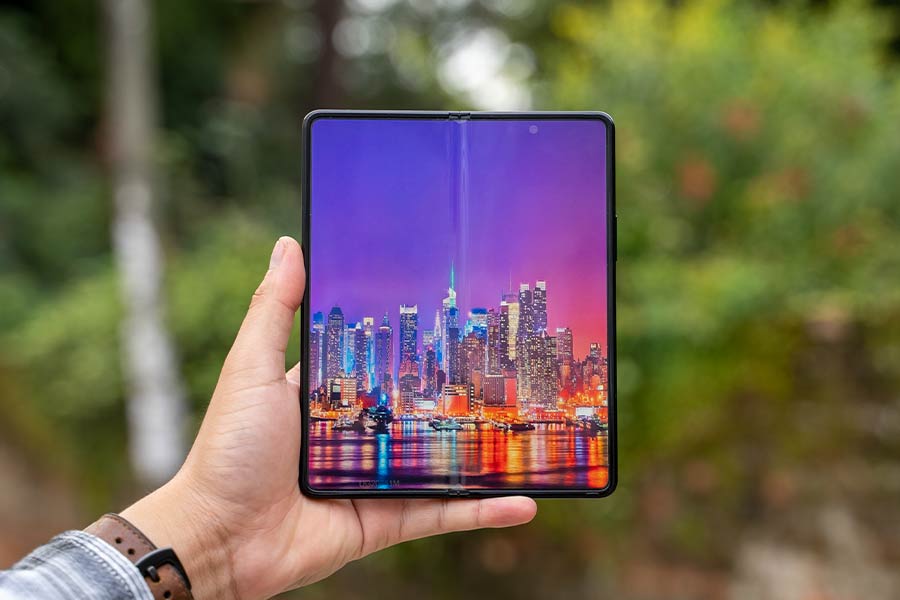
So, better and cheaper foldables is the only way for Samsung to remain the dominant name in this space in the long run. And it looks like the company is well aware of this. The upcoming Fold 4 will reportedly have a 128GB base variant—instead of 256GB—which shaves off the starting price by a significant amount. That won’t make it dirt cheap or anything, but it’s still something.
- Watch our video long-term review of the Samsung Galaxy Z Fold 3
Samsung Galaxy Z Fold 3 Long-Term Review: Pros & Cons
Pros:
- Durable build quality
- IPX8 water-resistant
- Terrific displays
- Uncompromised performance
- Excellent set of speakers
- Great at multitasking
Cons:
- Still too expensive
- Cameras could’ve been better
- Narrow cover display
- Not the best battery endurance













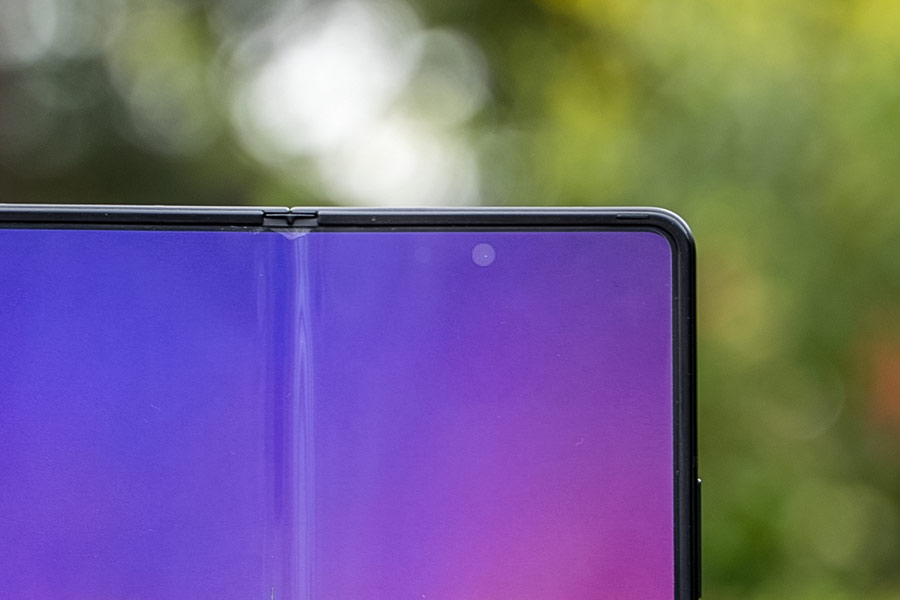


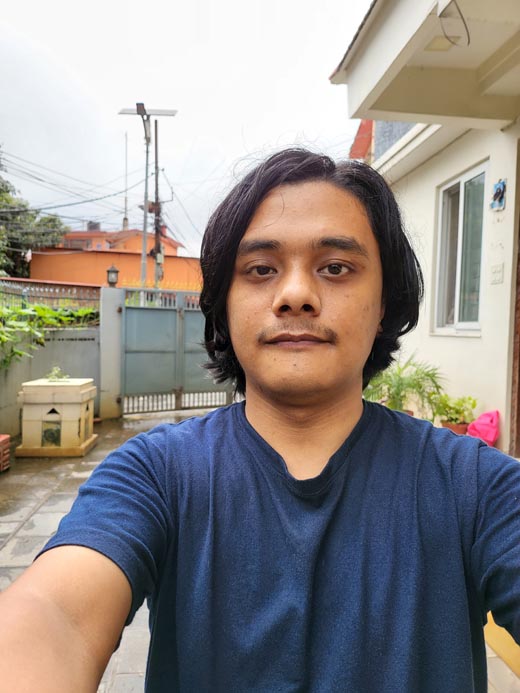


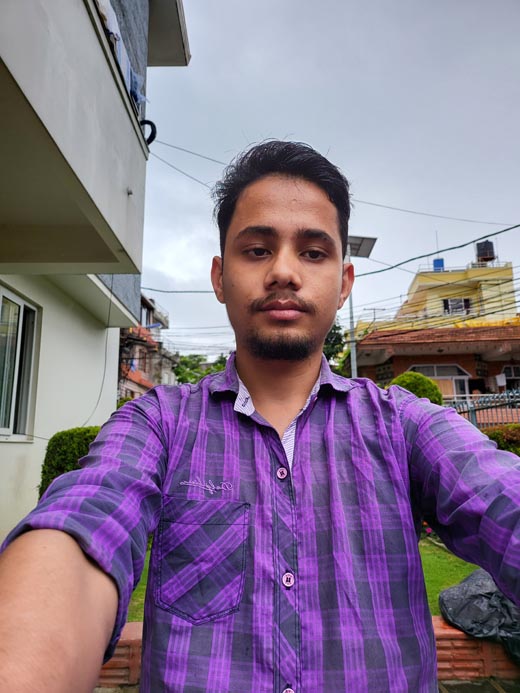



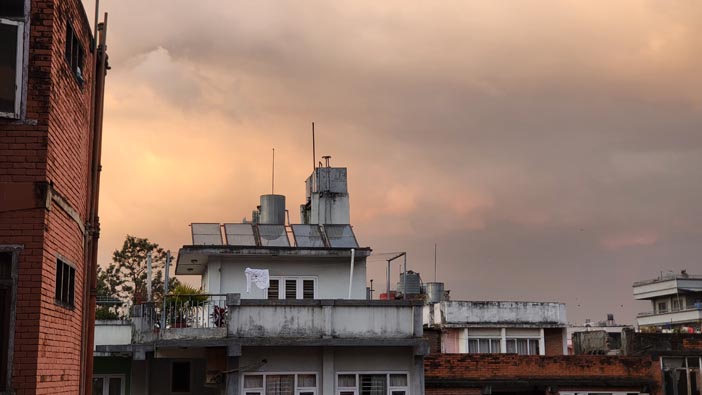

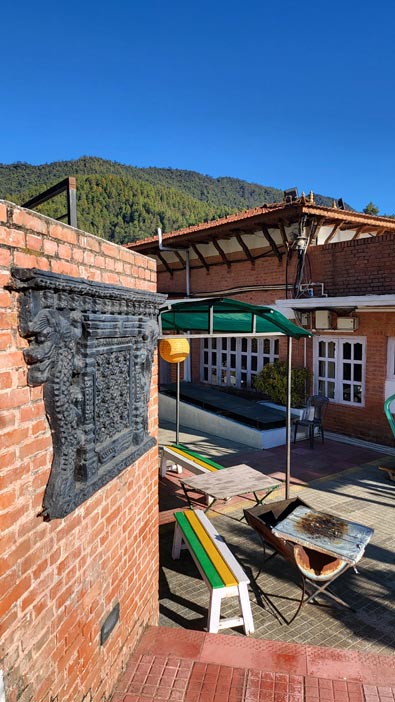




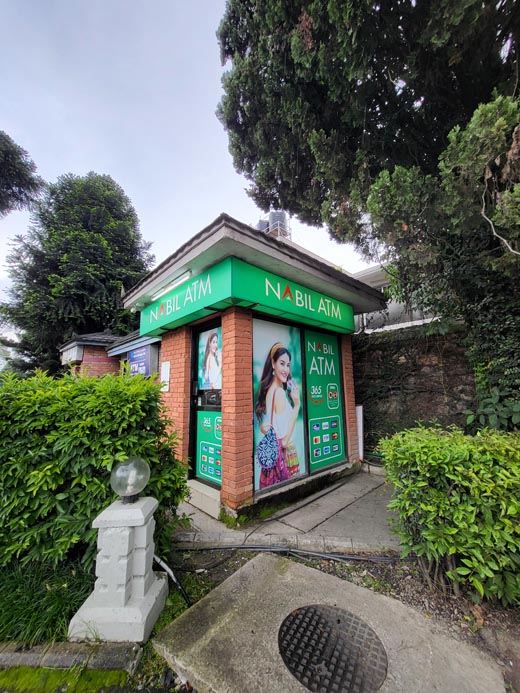

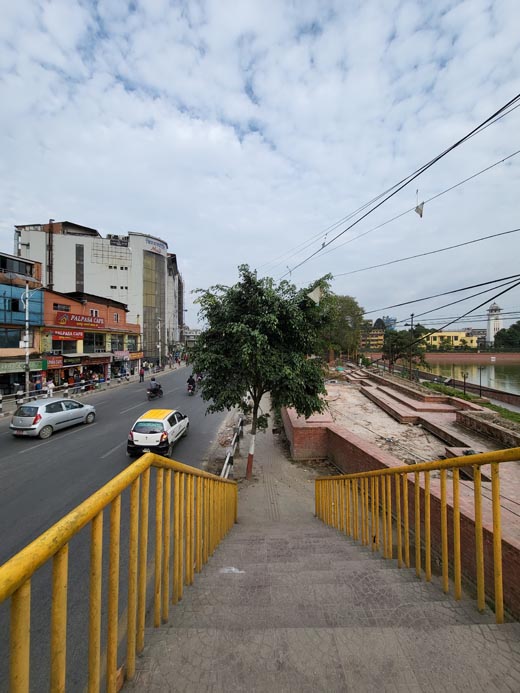
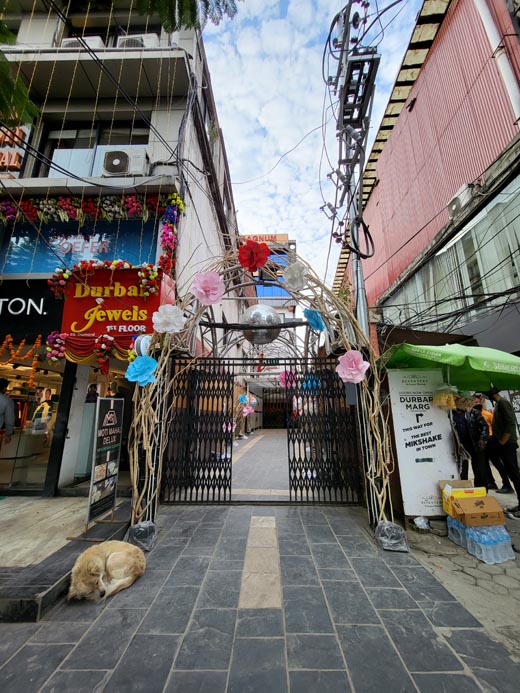



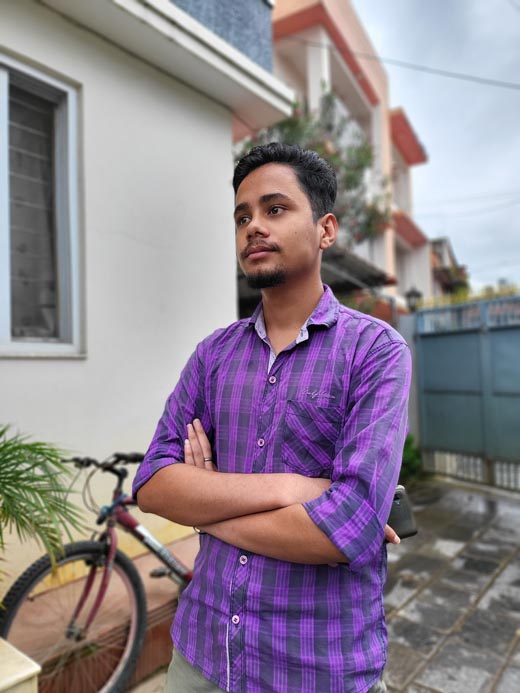

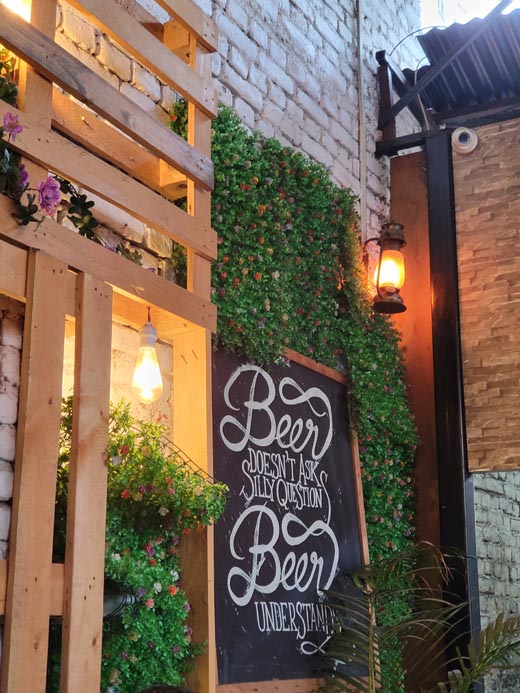
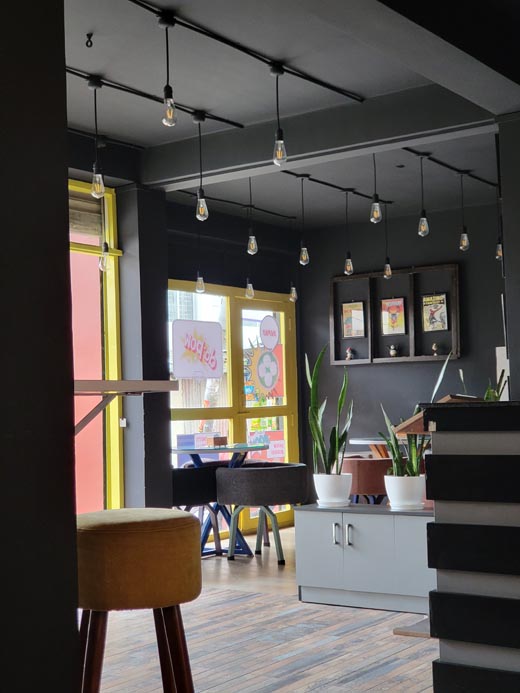
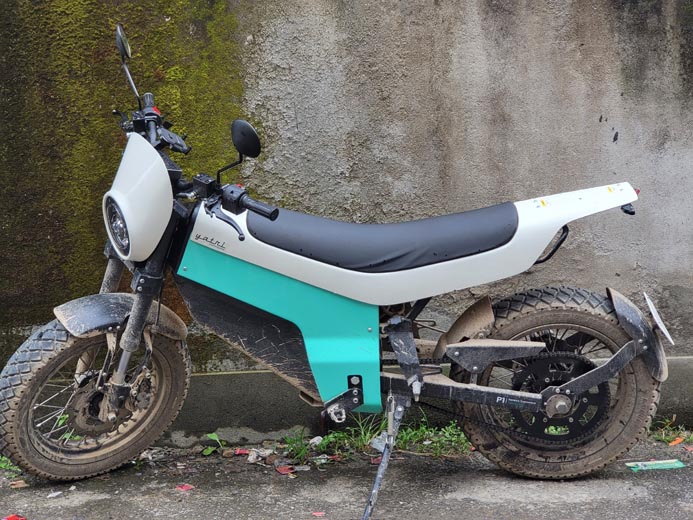


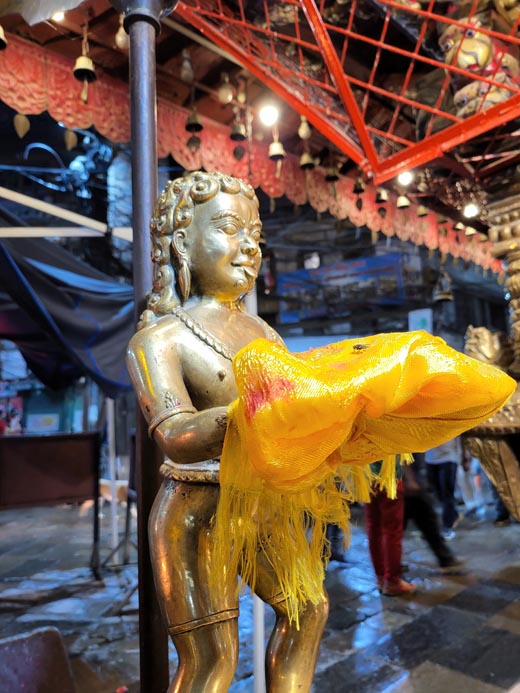

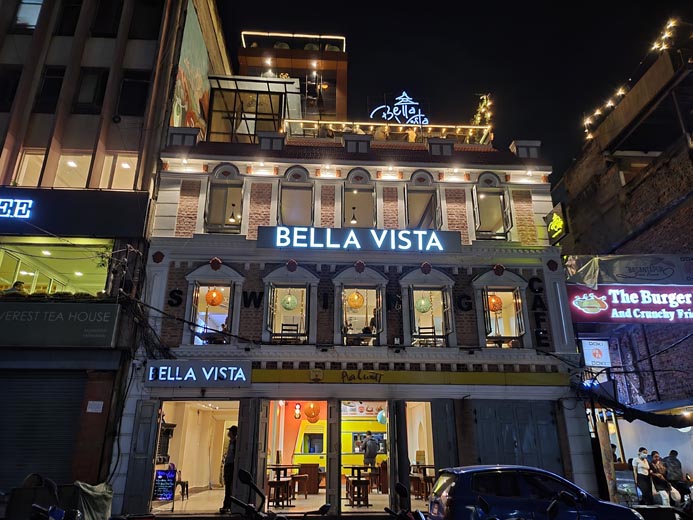





![Best Gaming Laptops in Nepal 2024 [Updated] Best Gaming Laptops in Nepal 2023 - June Update](https://cdn.gadgetbytenepal.com/wp-content/uploads/2023/04/Best-Gaming-Laptops-in-Nepal-2023-June-Update.jpg)



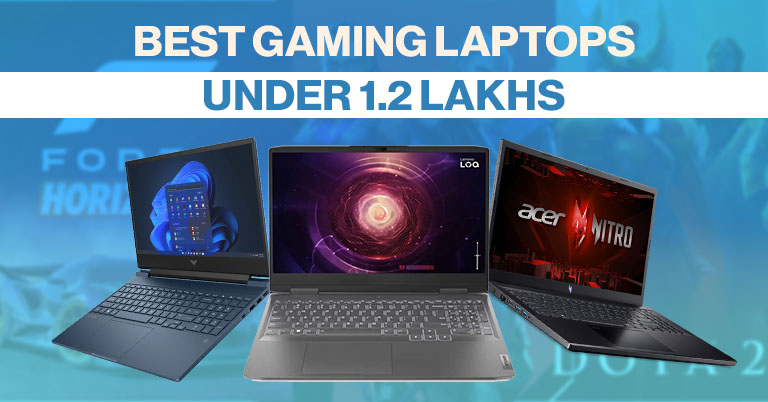
![Best Mobile Phones Under Rs. 15,000 in Nepal [Updated] Best Phones Under 15000 in Nepal 2024 Budget Smartphones Cheap Affordable](https://cdn.gadgetbytenepal.com/wp-content/uploads/2024/03/Best-Phones-Under-15000-in-Nepal-2024.jpg)
![Best Mobile Phones Under Rs. 20,000 in Nepal [Updated] Best Mobile Phones Under NPR 20000 in Nepal 2023 Updated Samsung Xiaomi Redmi POCO Realme Narzo Benco](https://cdn.gadgetbytenepal.com/wp-content/uploads/2024/01/Best-Phones-Under-20000-in-Nepal-2024.jpg)
![Best Mobile Phones Under Rs. 30,000 in Nepal [Updated]](https://cdn.gadgetbytenepal.com/wp-content/uploads/2023/12/Best-Phones-Under-30000-in-Nepal-2024.jpg)
![Best Mobile Phones Under Rs. 40,000 in Nepal [Updated] Best Phones Under 40000 in Nepal 2024 Smartphones Mobile Midrange](https://cdn.gadgetbytenepal.com/wp-content/uploads/2024/02/Best-Phones-Under-40000-in-Nepal-2024.jpg)
![Best Mobile Phones Under Rs. 50,000 in Nepal [Updated] Best Phones Under 50000 in Nepal 2024 Smartphones Midrange](https://cdn.gadgetbytenepal.com/wp-content/uploads/2024/02/Best-Phones-Under-50000-in-Nepal-2024.jpg)
![Best Flagship Smartphones To Buy In Nepal [Updated] Best Smartphones in Nepal 2024 Flagship Premium Samsung Apple iPhone Xiaomi OnePlus Honor](https://cdn.gadgetbytenepal.com/wp-content/uploads/2023/09/Best-Smartphones-in-Nepal-2024.jpg)